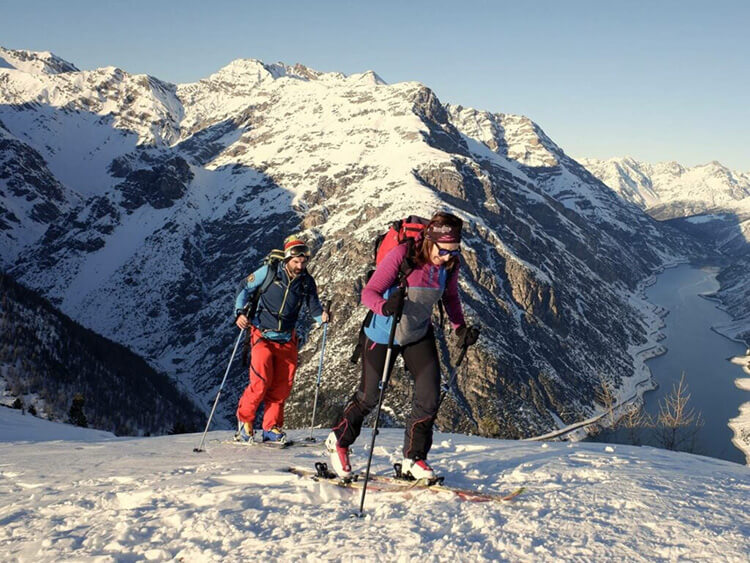How to keep warm when camping in the cold wild
The toes at the bottom of the sleeping bag are frozen, and there is a faint fear of frostbite in my mind, and the possibility that it will always exist, that is, you do not have enough layers.

Worrying about spending the night outdoors at temperatures below freezing is enough to prevent even the most enthusiastic campers from spending a night in the wild in winter. After all, no one likes to wait for the sun to rise while trembling.
Learning how to overcome the harsh cold and stay warm and comfortable will give you a complete winter wonderland experience and make full use of the open trails, quiet animals and beautiful silent nights.
The correct choice of equipment
First of all, please make sure that the camping equipment can cope with the cold whether you are sleeping in a remote area or in a well-developed campsite. Although ultralight tents and lightweight sleeping bags will be used in spring, if you don't have items specifically designed for winter in the cold months, you can guarantee an unpleasant night.
Begin with a tent set for 3.5 or four seasons. The tent usually features a heavier fabric, a few ventilation holes, and rain flies that extend all the way to the ground. They are designed to trap heat and prevent avalanches, making them warmer than typical three-season tents and more suitable for the winter climate.
Next, check the local weather forecast and make sure that the rated night temperature of your sleeping bag is at or below the expected night temperature. Keep in mind, however, that the scoring parameters for each brand may vary. Some people refer to the temperature at which you can sleep comfortably, while the temperature of others is the lowest temperature at which ordinary people feel comfortable.
In addition, men’s and women’s bags have different ratings because women usually sleep cold. If you are a woman with a men's or unisex bag, it may not be the temperature you think.
If you think your school bag cannot be cut off by itself, slide it into another school bag, or use a sleeping bag liner to keep it warm. Some models can increase your luggage rating by up to 30 degrees Fahrenheit, and battery-powered cushions and linings can keep you comfortable.
Finally, don’t neglect your sleeping pad, it can keep you away from the cold ground, because the cold ground will absorb heat from your body, so it is as important as your bag. First use an insulated inflatable cushion, and then consider layering it with a closed-cell foam cushion to increase warmth retention.

Layered warmth of clothing during sleep
Keeping the equipment dry is the key. Whether it's water, snow or sweat, avoid excessive moisture at all costs, especially in winter. Outdoor activities revolve around all levels, even when you get into your sleeping bag.
Start with a warm and comfortable base layer and stick to the skin. Synthetic fibers or wool will be fine. Outdoors, people say that cotton kills people, so please stay away from cotton. If cotton or linen clothing gets wet from snow, rain or even sweat, they will cause your body temperature to drop sharply and dry out for too long.
A base layer, plus a warm hat, a pair of heated gloves, a neck pad and a pair of heated socks are enough to make people sleep warmer. However, if you still feel cold, it is recommended that you add another layer or two, such as a sweater or heated pants. If necessary, wear a light and fluffy jacket to give you extra warmth.
If all this still makes you feel cold, please put a fluffy coat or coat on the sleeping bag like a blanket.
keep your toes warm
When you are trying to prevent discomfort and cold injuries (such as frostbite), your limbs may be the most important parts of your body and require care and attention.
Sleeping in wet clothes is always a bad idea, but this is especially true for socks. If exposed to a humid and cold environment for a long time (in the worst case), it may cause the death of skin tissue, and sticking in with a wet foot may cause frostbite or soaked foot or trench injury.
The empty space in the bag means that your body needs to be heated more space, so if there is too much of it, fill it. To do this, use an extra layer of clothing, such as a puffy jacket, fleece zippers, and spare socks, and then focus them on your feet. Don't forget to make sure they are all dried.
